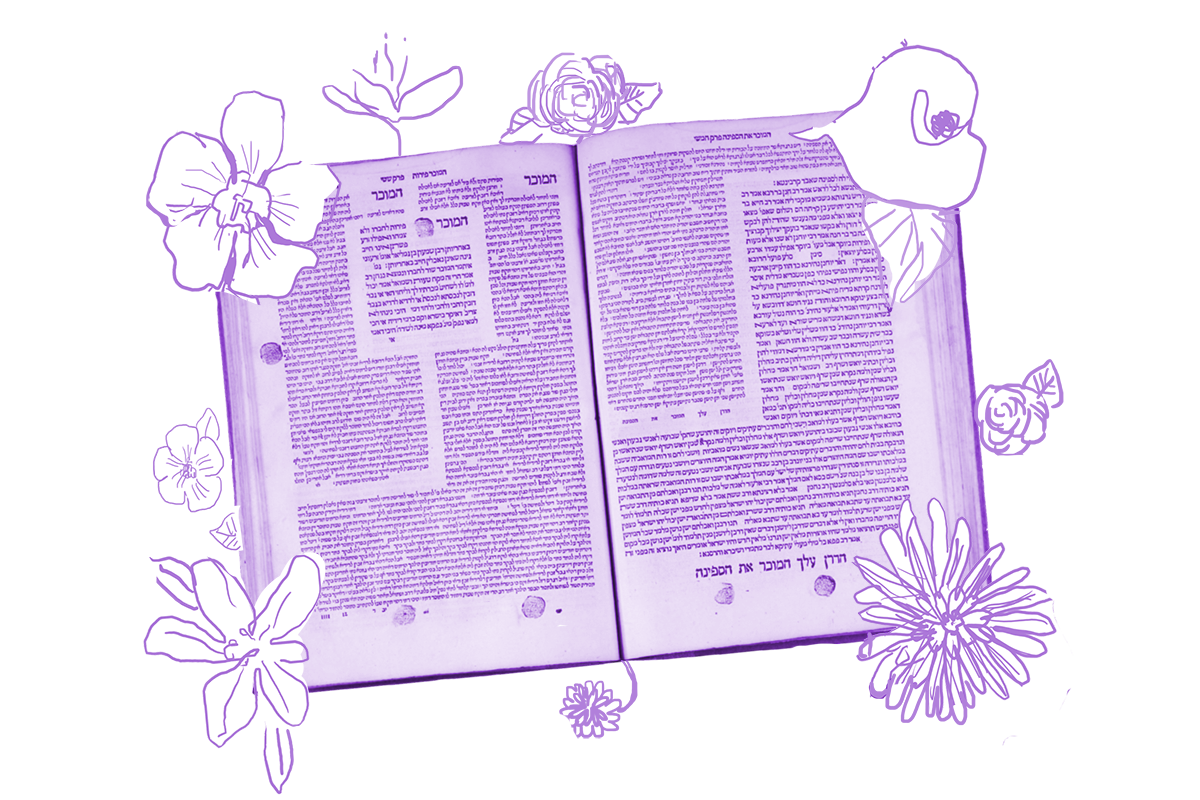Buttermilk fried chicken. Chicken Parmesan. Chicken and cheese enchiladas. So many dishes are off-limits to Jews who observe the prohibition of mixing meat with milk in the laws of kashrut. While the Bible states that one should not cook a kid in its mother’s milk, the savvy zoologist knows that chickens, like all birds, don’t produce milk. So why were the laws of kashrut extended to proscribe mixing poultry and dairy?
On today’s daf, we learn that in some parts of the Jewish world, at least in the time of the Mishnah, Jewish communities did eat poultry and milk. For example: In the locale of Rabbi Yosei HaGelili they would eat poultry meat in milk. The Talmud cites Rabbi Yosei HaGelili’s reasoning, which is pretty logical: In its mother’s milk excludes poultry, which does not have mother’s milk.
Rabbi Yosei HaGelili wasn’t some fringe rabbi; he was a respected Tanna who appears across the Mishnah, Tosefta, and both Talmuds, often in conversation with Rabbi Akiva. His ruling stood in the communities he was a part of. Today’s daf insists, moreover, that this practice of mixing fowl and dairy, if not commendable, was at least tolerable:
Levi happened to come to the house of Yosef the hunter. They served him the head of a peacock in milk and he did not eat. When Levi came before Rabbi Yehuda HaNasi, the latter said to him: Why did you not excommunicate these people who eat poultry in milk, contrary to the decree of the sages? Levi said to him: It was in the locale of Rabbi Yehuda ben Beteira, and I said: Perhaps he taught them that the halachah is in accordance with the opinion of Rabbi Yosei HaGelili.
By mid-to-late second century, most communities had accepted the majority rabbinic opinion that poultry and milk cannot be cooked together. Today, this is accepted practice across those parts of the Jewish world which orient their behaviors toward traditional rabbinic law. But through its discussion of poultry and milk, today’s daf points out the importance of regional customs and traditions.
With your help, My Jewish Learning can provide endless opportunities for learning, connection and discovery.
Scholars have argued that the advent of printing and the spread of “canonical” codes of law flattened regional variations in Jewish law. While there are differences between Sephardim and Ashkenazim, today many do not distinguish between Polish and Romanian, or Lebanese and Syrian customs as easily. And while homogeneity can enhance feelings of unity, it also comes with a cost — the loss of centuries of unique communal thinking and tradition.
Today’s discussion of poultry and milk highlights the legitimacy and importance of regional diversity. Even though it leads to awkwardness at the table, where the guest is unable to eat what is served, Levi doesn’t excommunicate his host for violating what was, by then, standard rabbinic law. In fact, he doesn’t make any kind of fuss. I like to imagine Levi staying and talking to Yosef while his host eats, sharing an awareness of Jewish unity even as they clearly have different understandings of the law. That’s even more delicious than chicken and cheese enchiladas. Or so I hear.
Read all of Shabbat 130 on Sefaria.
This piece originally appeared in a My Jewish Learning Daf Yomi email newsletter sent on July 14, 2020. If you are interested in receiving the newsletter, sign up here.



